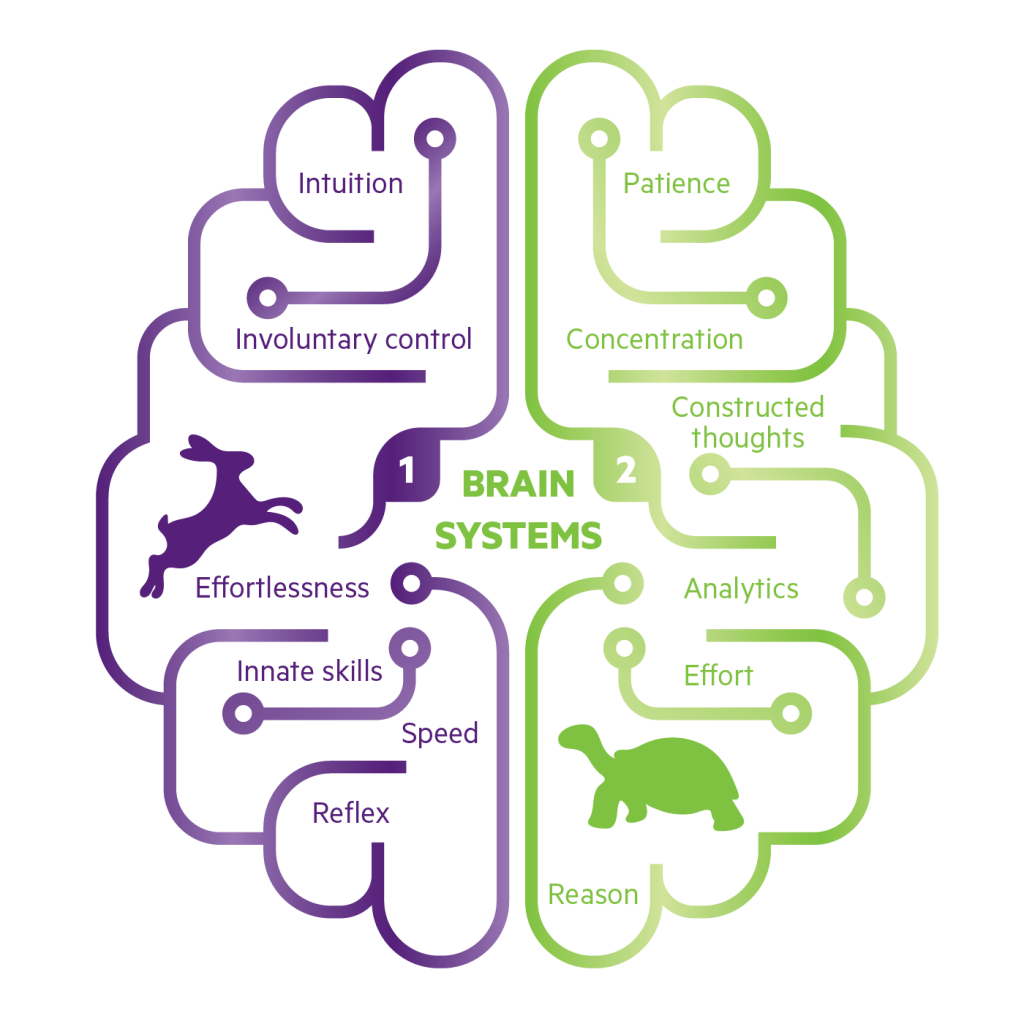In Robert L. Park’s book Superstition, he exposes religious beliefs, superstition, and pseudoscience as false and ridiculous because they cannot be proved by experimental scientific methods. Within each chapter it focuses on one theory and its popularity, such as the creation story, or the reasons for a tsunami or new age mysterianism, and offers scientific reasons for not believing in the abstract ideas. The book contains quite a bit of scientific, biological and chemical information which, at some times is difficult to comprehend, yet Park is able to show how all the proponents of non scientific based ideas are charlatans.
Park cannot prove the existence or non-existence of God. He also cannot explain why so many people believe in a God or cling to superstitions, but so many people do. He feels that this way thinking, that there is a God, is the result of what children hear and see from their earliest ages. All the sensory input and repetition has made us who we are. But Park is a supreme skeptic when it comes to blind belief. He says, “Science is the only way of knowing - everything else is just superstition” (Park 215).
My favorite part of the book was the discussion on “intelligent design (Park 43), because it dovetailed with Michael Shermer’s lecture given in 2010 where he describes patterns, agents, and intelligent design and he shows the power of suggestion can be full of deceit and counter the ideas of Phillip Johnson, recognized as father of the intel design movements” (Park 43), who attempts to “divert attention from the scientific emptiness of the intelligent design movement” (Park 45).
I happened to see a piece of art in the Noyes Arts Garage of Stockton University. The title of the work is Hiperborian or Septentrional Man by Maria Yony Lopez Marulanda. This composition reminded me of the class and what we have been learning because I feel that it represents the idea of man running toward the future with ideas flowing from his brain in union nature, yet the hands below the world could represent God letting go of the world, but also still having His hand on the world, and nature. Science and its growth can help both mankind and the world in which it lives by focusing more on empirical evidence, rather than unfounded beliefs.

















